The following is a transcript of the ideas generated in the closing conversation of the symposium, moderated by Harlan Brownlee. Participants voted on these possible outcomes and they are listed in ranking order from most to least popular:
1. Advocacy-Organizing:
• Declare art as a civil right, since the constitution guarantees rights that support life, liberty and the pursuit of happiness • Reframe the creative process as a matter of public health • Convene a council of artists and educators who will represent and organize locally in their communities, a grass-roots system that will parallel political and school board representation and provide an alternative voice/methodology • Develop a position statement that explains the connection between artistic process, creative understanding and action, and an excellent education • Explore what it will take to have the decision-makers listen to our voices – make our case in a way that will have more impact than the hard evidence they have already rejected • Keep focusing on underlying ideologies by encouraging artists and educators to consistently insert more complex ideas into the dialogues in which we participate • Build pressure through the engagement and investment of the community – outside-in • Activate and involve the most important stakeholders – parents, students & the school boards – in creative interventions • Generate a clearinghouse of ideas – create approaches, show examples that have worked and are working • Share successful models with the public and directly with teachers • Identify principals who are being creative with the money they have and include them in the discussion • Elect artists to the school board

Zach Springer working with kids in the Nutter-Ivanhoe neighborhood in Kansas City. This workshop used recycled trash collected in the neighborhood to make a public sculpture. The idea was to learn about urban blight and how to actively troubleshoot through the use of creativity.
2. Continue the dialogue:
• Teachers take students out to connect with stakeholders and the community, and talk about the importance of a quality, meaningful education for their (and our) futures – student voices have more power • Organize more symposia • Involve businesses, honor students, student leaders, people from different school districts • Consider “what’s in for me?” as a question to answer for business, government and civic organizations • Build connection and exchange with parents, colleges and universities, media outlets and artists – use services like access to education TV to tell the stories • Interact with members of the community and organizations that are disposed to encourage and support educational initiatives: the Mexican Consulate, Julián Zugazagoitia, new president at KCAI, Muriel Kauffman Foundation • Take personal responsibility to share the ideas we discuss in other parts of our lives • Keep the projects coming, have a new one ready as each one concludes – manageable actions ensuring competent results
3. Document our work:
• Make our ideas and conversations public and accessible: blog, public access television, YouTube (create an EdyouTube channel)
4. Initiate a re-examination of school policies:
• Provoke and invite dialogue around school policies that hinder connections between schools and the community: field trips, guests, community interactions, parent involvement, access to teachers via email
5. Think about ways to develop funding for creatively transforming educational experience:
• Consider the sports model – involving parents and using the savvy and intention it manifests • KC writing project • Call in parents for transportation • Prep KC • Volunteer to take neighborhood children on discovery trips, one-on-one • Document helpful educator resources on the blog • Look at how other cities solve problems (NY City’s use of public buses to transport school kids in off-peak hours) • Ask businesses to help fund field trips • Research Kansas and Missouri Arts and Community Councils to help with costs of organizing
6. Make a transcript of our discussion:
• Send a copy of these proceedings in executive summary form to Airick Leonard West and Dr. Covington to start a conversation, and ask for an audience to discuss the community coming together • Present a set of goals that are actionable, more concrete, suggest ways to maximize the money the district has, include asset mapping such as the technology that parents provide for their students (cell phones, iPods etc) • Send a transcript to other school districts and community organizations across the metro region




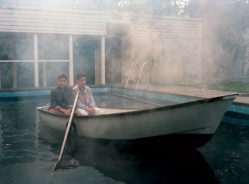
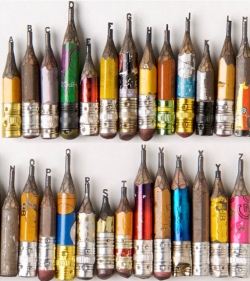
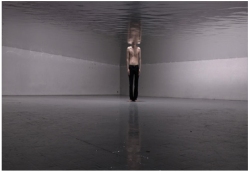
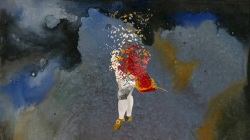
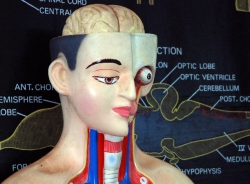

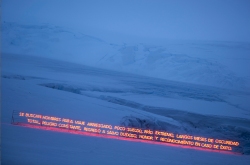

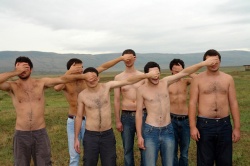
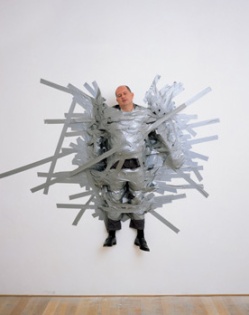



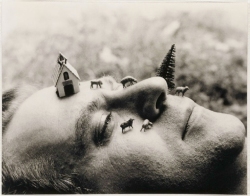
i’m interested in hearing more. please contact me.
Hi,
I’d like to introduce myself (and DIY.org). DIY is a community where young people become makers. They discover new skills, make projects in the real world, and share their work online to inspire and learn from each other. I’d love to talk to you about the work you’re doing, and to see if we might be able to collaborate.
– Megan